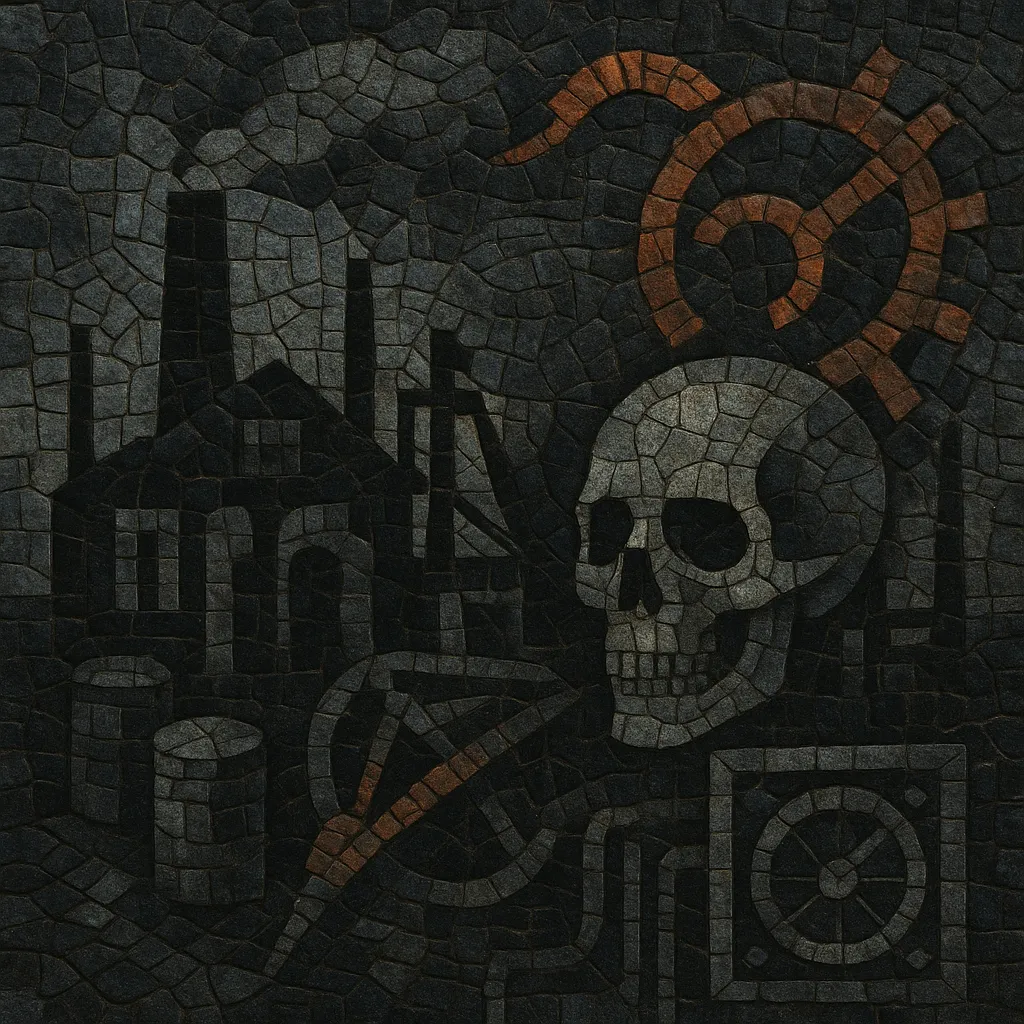Post-industrial is an umbrella term for the diverse musical currents that evolved out of first‑wave industrial music in the early 1980s. Rather than a single sound, it describes a methodology: the recontextualization of noise, tape collage, found sound, non‑traditional percussion, and transgressive or esoteric themes into new hybrids.
It commonly emphasizes textural experimentation over conventional song form, drawing on ambient drones, harsh electronics, ritualistic rhythms, and performance-art strategies. The scene grew through DIY cassette culture, mail‑art networks, and small independent labels, fostering substyles like power electronics, dark ambient, neofolk, martial industrial, and illbient.
Aesthetically, post‑industrial retains industrial’s confrontational stance but disperses it into atmospheric, political, mystical, and avant‑garde directions, making it as much a way of working with sound and media as a genre label.
After the first wave of industrial music crystallized around pioneers like Throbbing Gristle in the late 1970s, its dissolution splintered the approach into multiple directions. Artists and collectives in the UK and continental Europe began to extend industrial’s tactics—tape collage, found sound, metal percussion, shock aesthetics—into less genre‑bound forms. Early nodes included Psychic TV, Coil, Nurse With Wound, SPK, Test Dept, Laibach, and Zoviet France, alongside the Berlin scene around Einstürzende Neubauten. DIY cassette networks, zines, and mail‑art communities were crucial distribution channels, while labels and art spaces provided a laboratory for cross‑disciplinary performance.
By the late 1980s, “post‑industrial” was used to describe projects that pursued texture, ritual, and conceptual frameworks over rock structures. Substyles cohered: power electronics (feedback, screamed vocals, harsh synthesis), dark ambient (low‑frequency drones, cavernous reverb), neofolk (acoustic guitars with industrial/occult aesthetics), and martial industrial (militaristic rhythms and orchestral sampling). Labels such as Cold Meat Industry, Staalplaat, Touch, and World Serpent Distribution connected scenes across the UK, Scandinavia, Germany, and beyond.
Digital production and online platforms broadened access and archival reach, leading to reissues and new waves of practitioners. Post‑industrial strategies informed industrial techno, witch house, and experimental hip hop, and seeped into film/game scoring and sound art. Live presentations often integrate installation, video, and performance art, maintaining the genre’s focus on concept, atmosphere, and transgressive inquiry while updating its tools (software modulars, granular sampling, live processing).


